firstresponders
Latest
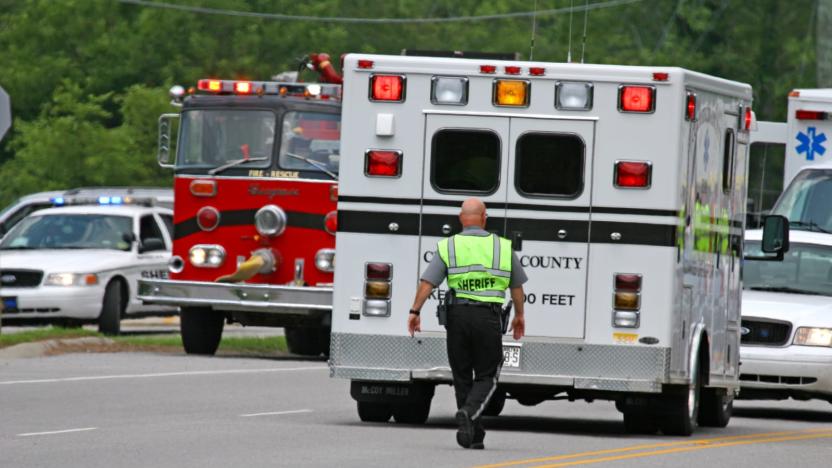
AT&T launches the base of its FirstNet public safety network
After roughly a year of partnership, AT&T's LTE-based FirstNet public safety network is starting to come alive -- the carrier has launched the service's network core nationwide. The rollout provides the foundation for a communications network devoted solely to emergency crews, with multiple priority levels and toughened security that includes around-the-clock monitoring. This doesn't represent full-fledged service, but it's now more a matter of weeks than months.
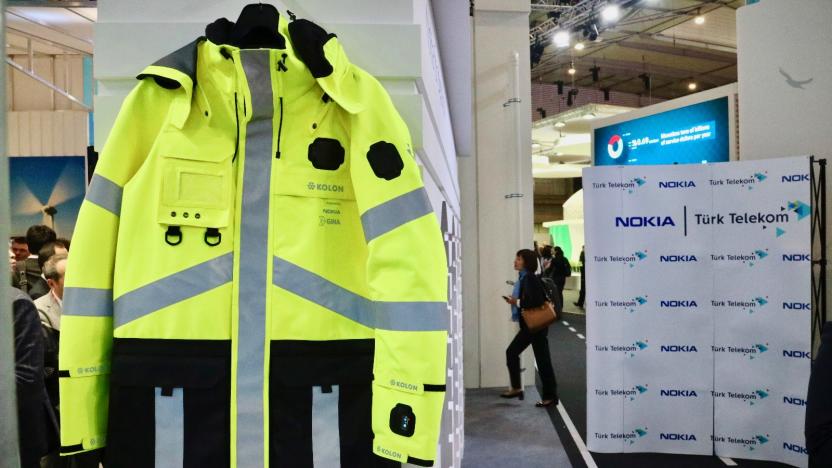
Nokia made a smart, fashionable jacket for first responders
Nokia has been creating unconventional products for years, like that weird touchscreen made of ice from 2010. And now, at MWC 2018, the company is showing off a new, offbeat project that's in the works: the CHASE (connected health and safety equipment) LifeTech FR (first responders) jacket. This smart garment was designed in collaboration with Kolon, a South Korean fashion brand, and GINA, a software developer from the Czech Republic. While the CHASE LifeTech FR may look like a traditional bright piece you'd see on a cop or firefighter, there are a few things that make it different than your average first-responder jacket.
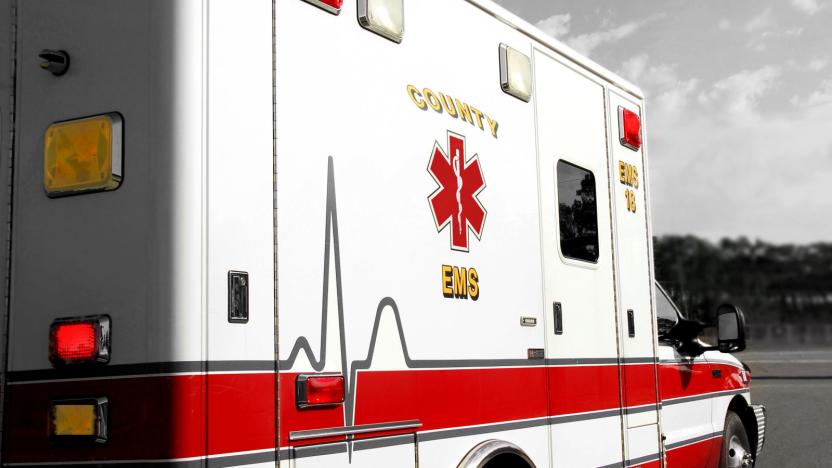
All 50 states opt in to AT&T’s FirstNet public safety network
FirstNet, the nationwide broadband network for first responders, will be the official public safety network for all 50 US states. The network has been a very long time coming. Having been initially proposed following the 9/11 attacks, the FCC approved LTE to be the standard on which it would function back in 2011. In March, AT&T was selected by the First Responder Network Authority to build and run the network and in June, the company began sending its plans to state governments for review. States had until yesterday to decide whether they would opt in or out of the program and all 50 decided to approve it. Washington DC, Puerto Rico and the US Virgin Islands also opted in while American Samoa, Guam and the Northern Mariana Islands have until March 12th to make their decisions.
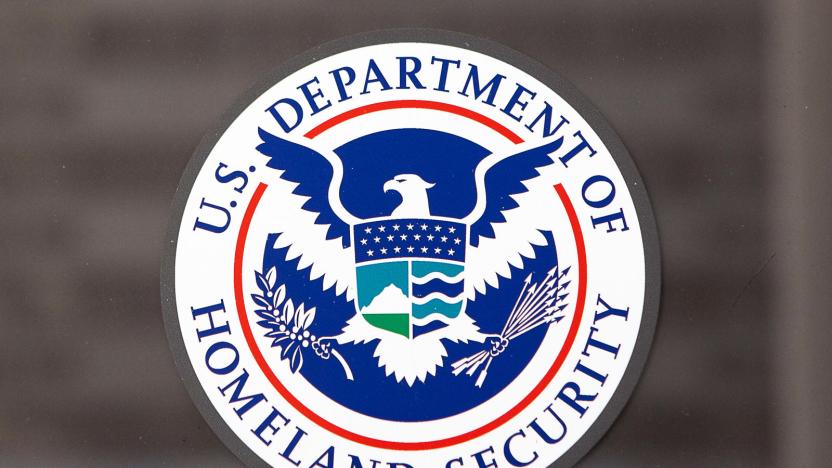
DHS finds first responder apps are plagued by security issues
While it's great that a consumer app like Waze started offering traffic data to help first responders avoid traffic, emergency professionals have been using their own suite of apps for awhile. But how safe are they? The Department of Homeland Security initiated a pilot program to vet the security of 33 different apps provided by 20 developers -- and found that 32 of them had potential security and privacy concerns and more serious vulnerabilities.

DHS has a video game-like trainer for active shooter incidents
Today, the Department of Homeland Security's Science and Technology Directorate announced the release of a virtual training platform for active shooter incidents. The Enhanced Dynamic Geo-Social Environment, or EDGE, is a program that creates a virtual active shooter scenario through which first responders can train themselves. EDGE launches today and is free for all first responders.

Mercedes gives first responders an AR view of its cars
Only advertisers love QR codes, but Mercedes-Benz actually made them useful in the real world. By putting the codes on the B-pillars and gas doors of its vehicles, firefighters can use its Rescue Assist app and quickly figure out how to help folks involved in an accident. The automaker made the latest version easier to use by adding augmented reality (AR) and 3D visualization features. That lets first responders see dangerous components -- like fuel lines and high-voltage components in electric and hybrid cars -- overlaid on the real-world vehicle, Pokémon-style.
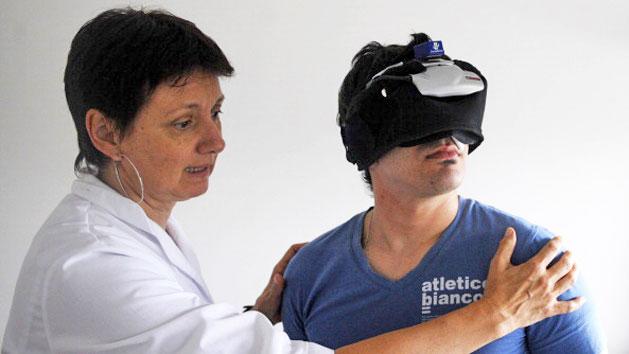
Virtual reality training for rescuers may save your life in a crisis
While some soldiers have virtual reality training to familiarize themselves with the battlefield, paramedics and other rescuers are out of luck; their first crisis is frequently all too real. Intelligent Decisions isn't happy with that lack of preparation, so it's developing a VR system that gives first responders a taste of what it's like to handle major emergencies. Its upcoming Medical Simulation thrusts trainees into chaotic situations like natural disasters and terrorist attacks, teaching these people to maintain focus and treat those who need the most help. The hardware can incorporate actors and mannequins into computer-generated scenes, and it will have sensors for blood pressure, heart rate and gaze to verify that crews are staying cool under pressure.

NASA READIs early detection GPS network, aids first responders with earthquake warnings
After tacking space shuttle Discovery onto the back of a 747, the brainy gang over at NASA's READI for a new challenge -- earthquake detection. The agency's GPS-monitoring system, known as the Real-time Earthquake Analysis for Disaster Mitigation Network, is being tested with the goal of more accurately detecting the scale of quakes and, consequently, getting tsunami warnings out as soon as possible. The setup, made possible by a partnership between the Department of Defense, the National Science Foundation, and the United States Geological Survey, works by measuring ground displacement in real-time to provide a faster, more detailed assessment of imminent damage, thereby giving first responders a head start on determining aid. So the next time you look up to the night sky and wish upon a tracking star, keep in mind that sometimes privacy-skewing, positioning tech could just save your life.





